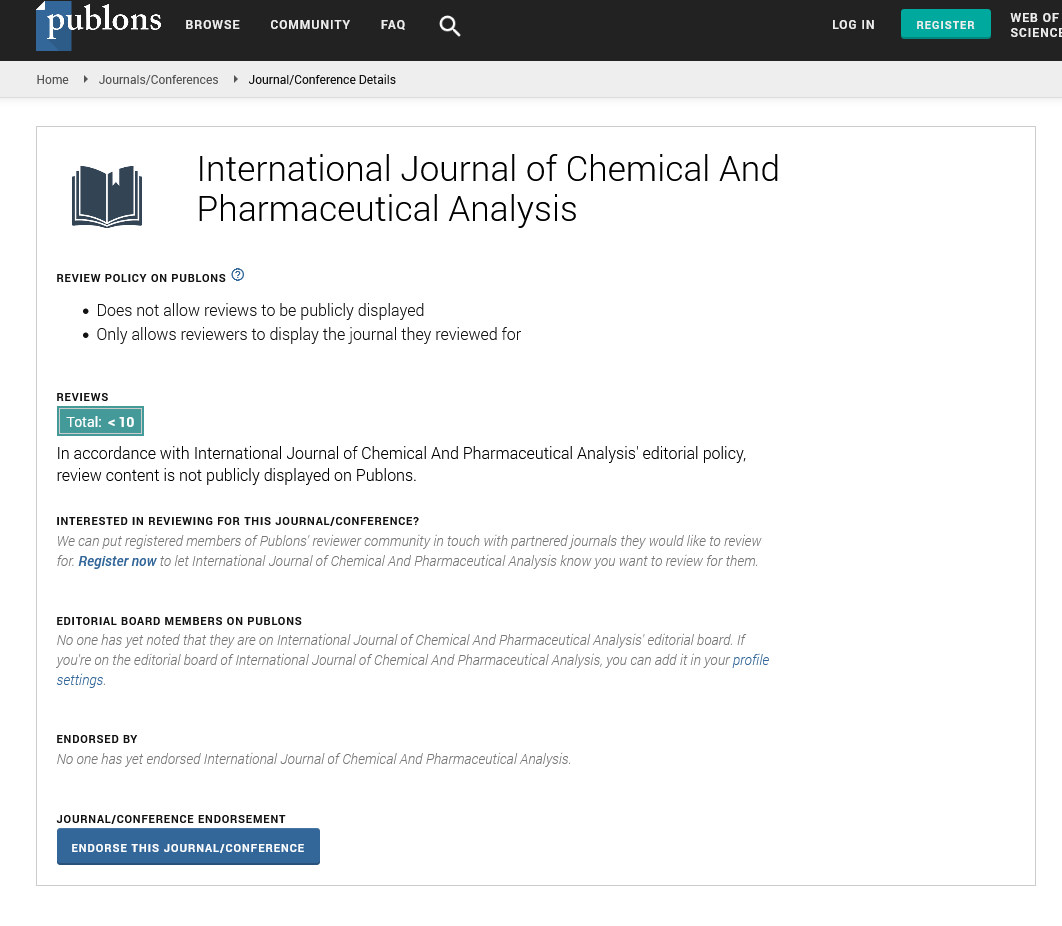Abstract
Author(s): Namık Bilici, Ilknur Kulcanay Sahin, Omer F. Ersoy, Mustafa Cengiz*, Nurullah Ozdemir, Rıfat Ertekin and Adnan Ayhanci
This study aims to investigate the inhaler pharmacokinetics of Ribavirin-Loaded Solid Lipid Nanoparticles (RSLN) in albino rats. After local ethical approval for animal experiments, rats were exposed to liquid RSLN with a particle size of 300 nm for 96 minutes in 7 groups (n=8), including six experimental and one control group. Then, serum and lung tissues were collected at ½,1,2,4,12, and 24 hours. HPLC-MS/MS analyzed the amount of Ribavirin (RBV) in serum and lung tissue after extraction. Serum Cmax 5.45 µg/mL, serum mean RBV concentration (CRBV) of groups 3.9512 (μg/mL), 3.1237 (μg/mL), 3.2181 (μg/mL), 2.9306 (μg/mL), 3.1268 (μg/mL), 3.16 (μg/mL) linear graph area of 3.16 (μg/mL) and 35, AUC-C/t 11 μl trap area of groups with 35, AUC-11µl linear graph was detected. Serum values were analyzed with One Way ANOVA (Analysis of Variance) statistics. The difference between groups was significant (p=0.40). Lung tissue RBV maximum concentration (PCRBV) Cmax was 3.78 µg/g, and the average lung tissue concentration of the groups was 2.544 (μg/g), 2.0085 (μg/g), 1.874 (μg/g), 1.2115 (μg/g), 0.73125 (μg/g), 0.4425 (μg/g), respectively. Lung tissue values were evaluated using the Kruskal-wallis way analysis method. According to this, the difference between groups was highly significant (p=0.01). The C/t graph area of the groups was found to be 15.66 µg/g-h by the same method. Data indicate that RBV provides adequate plasma concentration upon inhalation exposure. Evidence, that a particle size of 300 nm is sufficient to establish an effective serum concentration by exposure.




